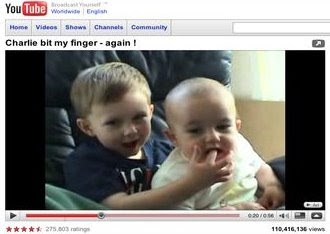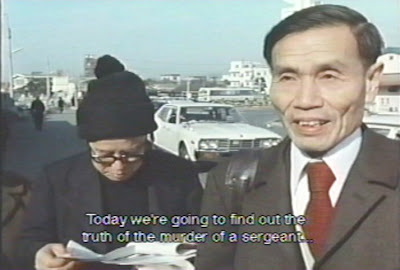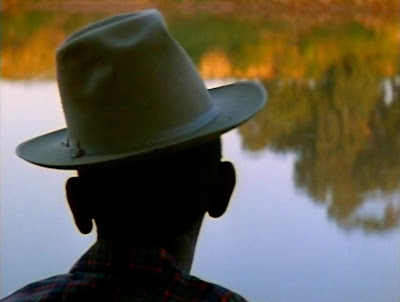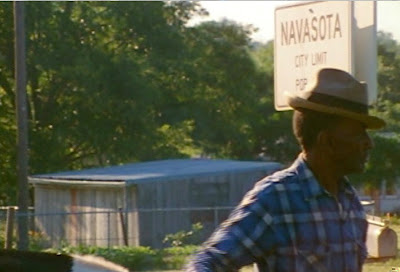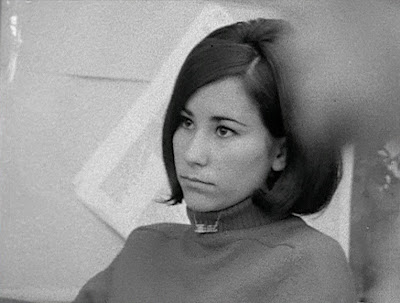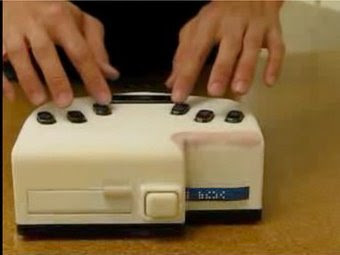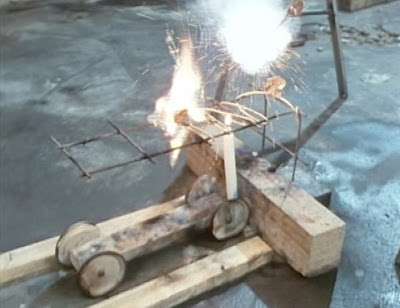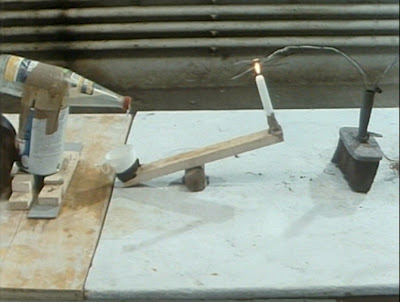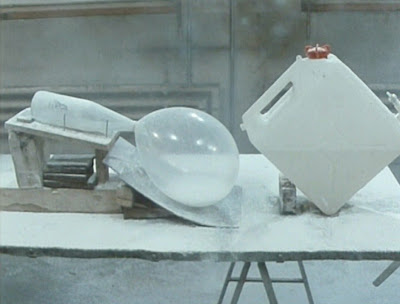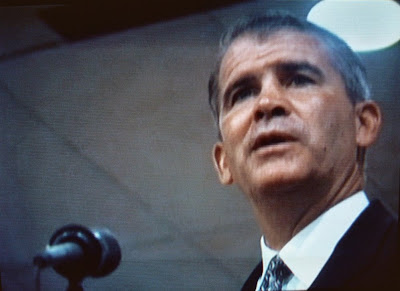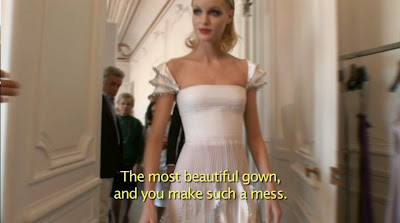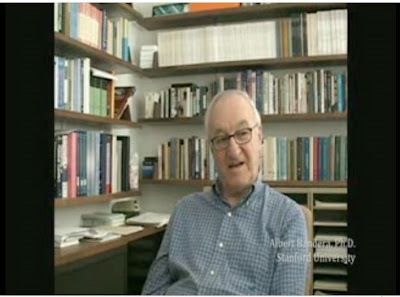


Gates of Heaven, by Errol Morris (1978), documents the pet cemetery business in California. The love that pet owners feel for their pets is expressed in interviews and landscapes. The film's palette is bright and sunshiny, with just the right hint of ironic appreciation for eccentricity. One interviewee's framing reminded me of a Diane Arbus photograph, "Lady bartender at home with a souvenir dog, New Orleans, 1964." (Copyright Estate of Diane Arbus)



